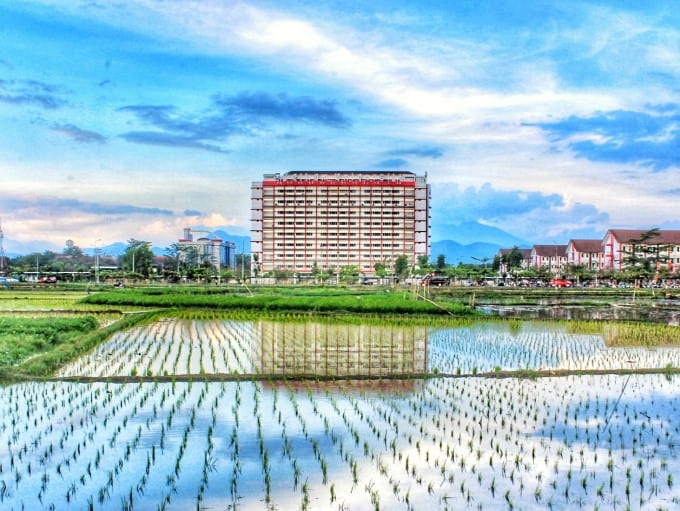Water (WR)

Water Conservation Program Implementation
Telkom University already has an adequate water conservation system. Each building is at least equipped with infiltration wells, so that rain water from the area around the building does not flow directly to the lake / final reservoir, but can soak into the ground in a larger volume. As for the sewage disposal channel, it directly leads to a special water reservoir to do water filtering before being channeled to the final reservoir, namely Tekno Lake.
Implementation
Water Evidence
- Water filtering (IPAL)
- Fish pond
- Rain Trap Pond
- Lake (Situ Tekno)
- Infiltration Wells
- Biopore
- Rice fields in the campus area
Building with water filtering function at Telkom University. Water filtering is done to filter the flowing water before entering Situ Tekno’s reservoir. Water from the river around the campus and also water from the disposal of buildings through this stage before entering the final storage, namely Lake Tekno. So, the water entering the lake area is clean, and the impurities have settled.

At Telkom University, some water storage ponds also function as fish ponds, which are used as entrepreneurship training for Telkom University employees. Around the pool area also provided fish gazebos, so that it becomes an alternative place for student learning in the campus environment.
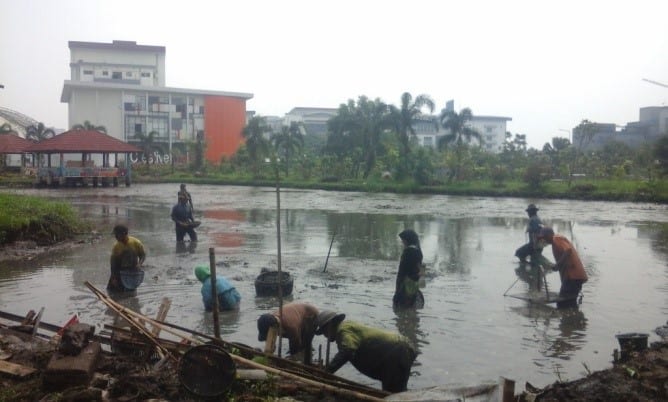
Water reservoirs. In some buildings at Telkom University, there are pools as rainwater catchment areas. In the area of the Faculty of Creative Sciences and Bandung Tekno Park there is a water reservoir with an area of more than 200m2. Some faculties intentionally spread fish seeds into the pond, with the aim of reducing mosquito larvae that might be present in the pond.
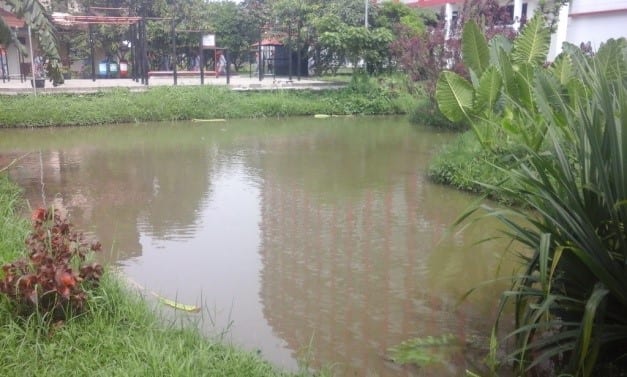
Lake Tekno as a place for the final conservation of water from all areas of Telkom University. The lake is integrated with a green environment management system around the lake and water resource management within the framework of a green campus commitment. This area is also equipped with a plaza and jogging track so that it has an open public function as well.
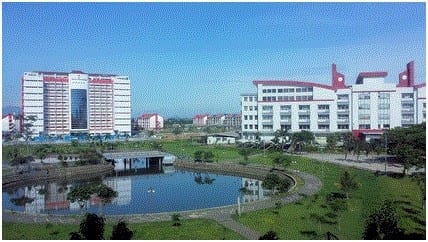
In the Situ Tekno lake area, various activities can be carried out on campus socialization, sports, and artistic expression. The lake area which is located in the middle of the campus area also has a function as a junction that connects the entire faculty complex area. In this area of the lake also often held a variety of artistic activities and other activities, including having been used for organizing cultural night events which are part of the implementation of ICoICT 2013 (International Conference on Information and Communication Technology) in the presence of key speakers and speakers from 30 countries of various continents as well as public officials.
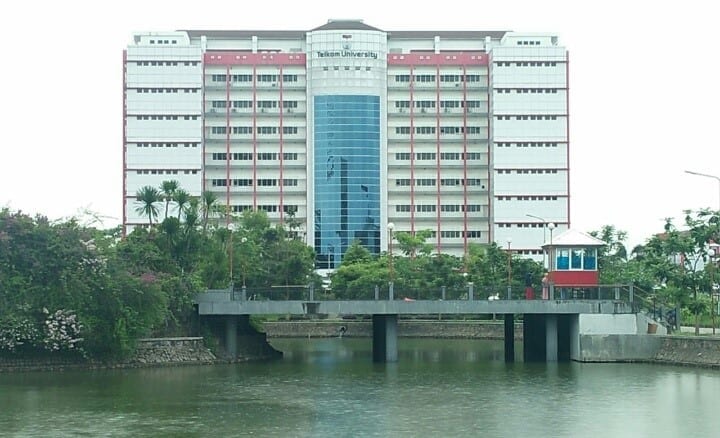
Infiltration Wells at Telkom University. Infiltration wells are made with the aim of collecting rainwater that falls through waterways in buildings so that it is not immediately discharged into sewage. Water will be put into infiltration wells, so it can soak into the soil with a larger volume than biopori.
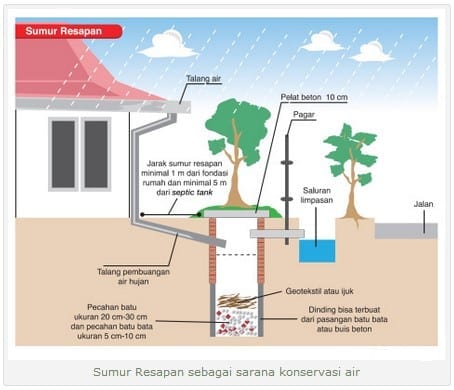
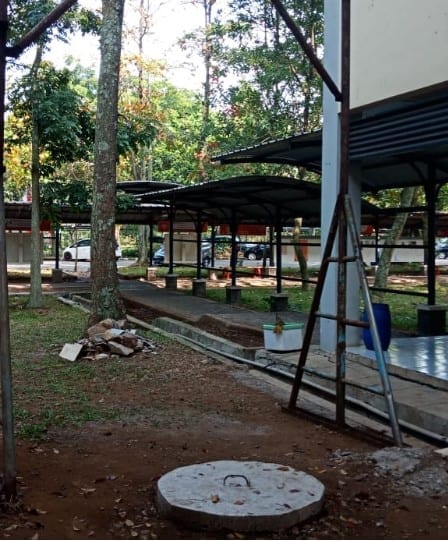
Biopores are small holes created as water catchments. This was made with the aim that the rain water quickly seeps into the ground and can increase groundwater reserves in the Telkom University. Almost all areas of the park and open areas in Telkom University are made biopori. Rector of Telkom University, Prof. Dr. Adiwijaya instructed the Logistics Director as the manager of the Telkom University area to make as many biopores as possible in all park areas and open areas.
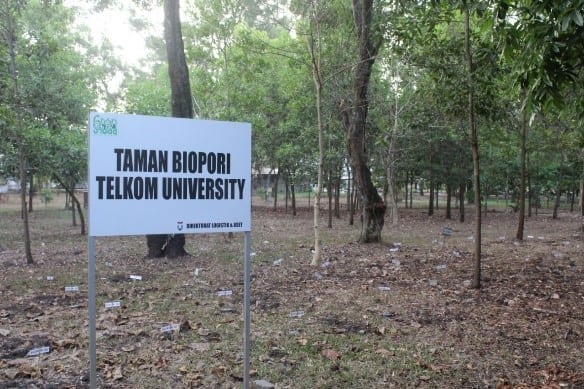
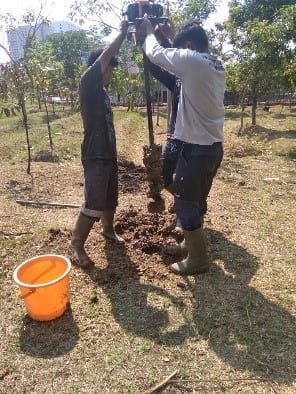
The paddy field area within Telkom University’s 1235 m2 campus continues to be maintained, because it has one of the benefits for water conservation. In addition to water conservation, it can also add to the beauty of Telkom University’s campus area. It looks still natural, so students and guests will enjoy a modern campus with a rural atmosphere.
